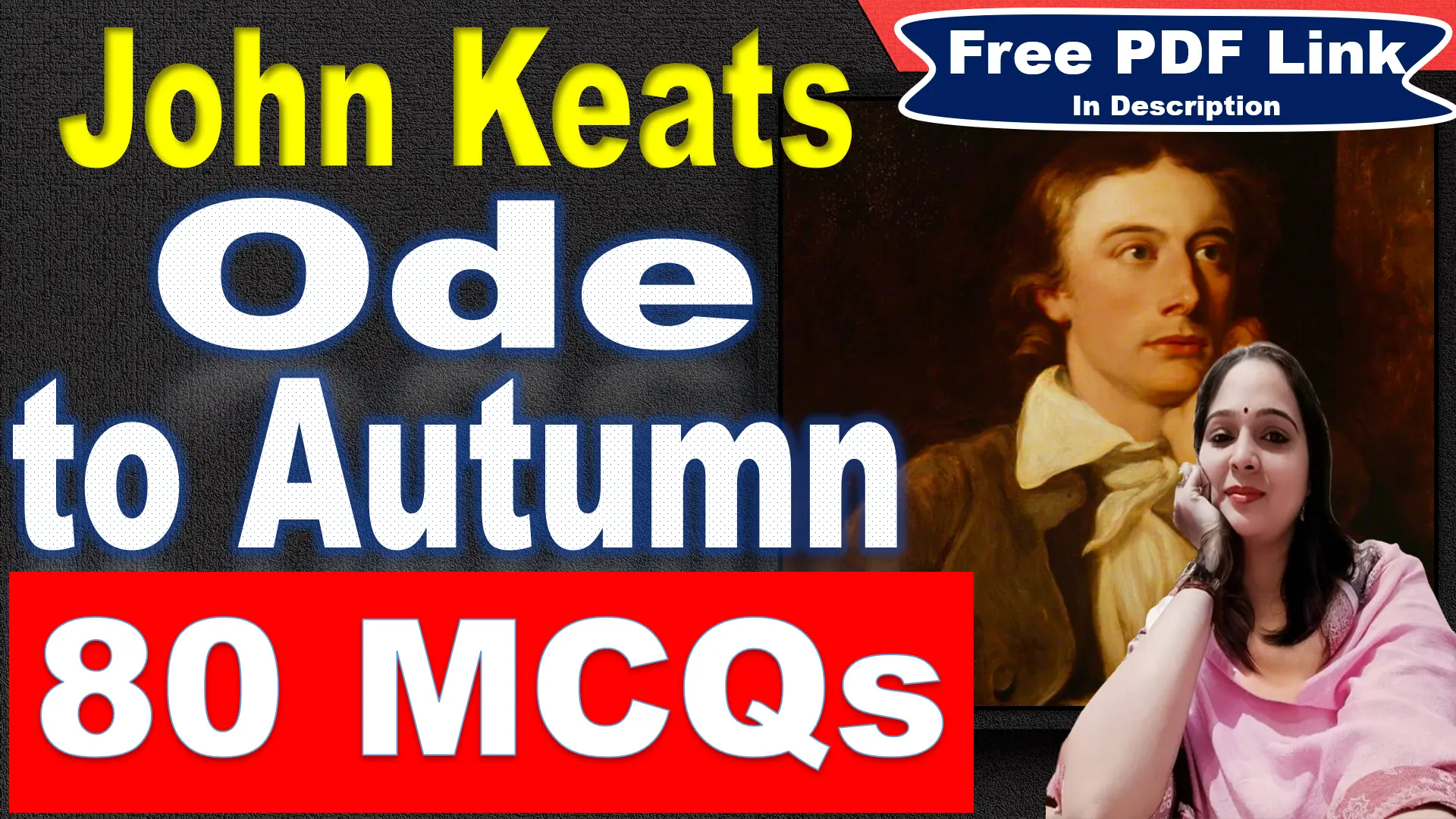Sonnet 129 by William Shakespeare Questions Answers
Very Short Answer Questions
What is the main theme of Sonnet 129?
The destructive nature of lust.
How does the poet describe lust in action?
Perjured, murd’rous, bloody, full of blame.
What is the consequence of enjoying lust according to the poem?
It is despised immediately.
What does the poet suggest about the pursuit of lust beyond reason?
It leads to madness.
How is reason personified in the poem?
As something hunted past its limits.
What is the simile used to describe the hatred of lust beyond reason?
Like a swallowed bait.
What is the intention behind laying the bait, according to the poem?
To make the taker mad.
In what state is the person both in pursuit and in possession of lust?
Mad.
How does the poet describe the intensity of lust in different situations?
Extreme in having, possessing, and desiring.
What is the experience of lust described as in the poem?
A bliss in proof and proved, a very woe.
What is the contrast between the joy and the dream in the poem?
The joy is proposed, but the dream is behind.
How does the poet describe the world’s awareness of the destructive nature of lust?
The world knows it well, yet none knows it well.
What is the advice given in the concluding couplet?
To avoid the heaven that leads to this hell.
What does the word “perjured” mean in the context of the poem?
False or deceitful.
Which poetic device is used in the line “Mad in pursuit and in possession so”?
Alliteration.
What is the primary emotion associated with the pursuit of lust in the poem?
Madness.
What does the poet say about lust being enjoyed and despised?
Enjoyed no sooner but despisèd straight.
How is reason treated in relation to lust in the poem?
It is hunted past its limits.
What is the metaphor used to describe the consequences of lust?
The heaven that leads men to this hell.
What is the paradox presented in the poem?
Despite the world’s awareness, none knows well to shun the destructive path of lust.
Short Answer Questions
What is the central metaphor used in the poem to describe lust?
Lust is compared to a trap or bait, luring individuals into a cycle of desire and ultimately leading to self-destruction.
How does the poem depict the relationship between pleasure and pain in relation to lust?
The poem portrays pleasure derived from lust as fleeting and followed by lasting regret and shame. It emphasizes the paradoxical nature of desire, where temporary satisfaction leads to long-term suffering.
What literary devices are used in the line “Had, having, and in quest to have, extreme”?
The line employs parallelism (repetition of sentence structure) and hyperbole (exaggeration) to highlight the insatiable nature of lust and the constant craving for more.
How does the speaker use language to convey the urgency and irrationality of desire?
The use of enjambment (run-on lines) creates a sense of rush and immediacy, reflecting the impulsive nature of lust. Additionally, strong adjectives like “savage” and “extreme” emphasize the lack of control and rationality associated with desire.
What is the significance of the contrast between “heaven” and “hell” in the final lines?
This contrast highlights the seductive and deceptive nature of lust. The “heaven” it promises is ultimately an illusion, leading only to the “hell” of shame and regret.
What is the poem’s overall message about human nature and the power of desire?
The poem serves as a cautionary tale, warning against the pitfalls of uncontrolled desire. It emphasizes the importance of self-awareness and self-control in navigating the complex emotions and urges of human nature.
Compare and contrast the portrayal of lust in Sonnet 129 with another poem or literary work you’ve encountered.
This question invites you to analyze the poem within a wider literary context, drawing comparisons and highlighting different perspectives on the theme of desire.
How does the poem’s structure, with its division into three quatrains and a final couplet, contribute to its meaning?
The sonnet form provides a structured framework for exploring the different aspects of the central theme. The quatrains build tension and complexity, while the final couplet delivers a powerful concluding statement.
Do you think the poem’s message remains relevant in the modern world? Why or why not?
This question encourages critical thinking about the poem’s enduring relevance. Consider the cultural context of Shakespeare’s time and compare it to modern concepts of desire and relationships.





